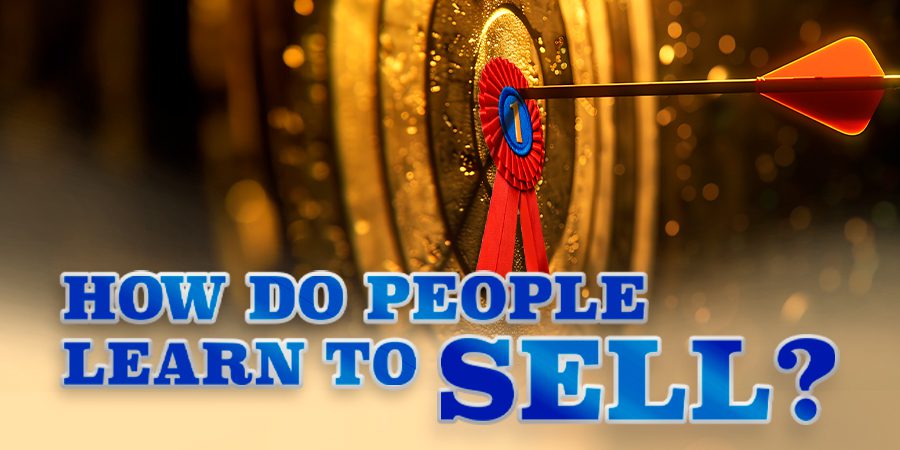Selling is built into our human experience. From birth, to merely survive, we are faced with the need to gain the cooperation of others. Babies cry to get Mom to feed them. Children charm, beg. or whine to get a treat or permission to do something. Friends cajole or persuade others to join in what they are doing. Selling is a daily activity, but we don’t think of it that way.
When you want to go out for BBQ and others resist, what do you do? Your options include appealing to their tastes by selling the sizzle, or emphasizing the convenience of the BBQ place, the fun of the experience, the relative cost savings, seeing friends there, the need for protein, or just getting them to give you a “win” for a change. There are lots of ways to approach this. What works best depends on the circumstances.
The usual resistance to “selling” is avoiding the feeling that you are forcing your choices on others. I agree; it’s not nice to force your choices on others, but that doesn’t mean you shouldn’t “sell” your idea.
MINDSET
Historically, selling has been seen as a “persuasion process.” It has been about talking others into doing what you want them to do. This can be done gently, or it can become downright coercive and manipulative. The latter two are not the best approaches. There is a better way!
Selling is Helping People Make A Commitment. It is a good and generous thing to do as long as you respect and care about the person you are selling to.
Selling is an act of friendship, not coercion. If you have a superior product or service that is truly worth the price, then sell it proudly. If the person needs it, don’t discount your price, implying that it isn’t worth what you usually charge. Also, don’t prematurely explore other options. Sell it! Show them how their best choice is to go with your recommendation.
Naturally, you need ways to make it easier for them to say “Yes.” Financing options, warranties, customer satisfaction policies, and testimonials from other satisfied clients. But the main task for you is to truly HELP the customer.
THE SALES PROCESS
In the selling process there are 8 stages one must go through.
- Preparation – Becoming ready to do your job well.
- Targeting – Identifying who your buyers are and how you can help them.
- Connecting – Establishing trust so you can have Truthful Communication.
- Assessing – Figuring out what they need and what they want.
- Solving – Showing them how you can resolve their problem successfully.
- Confirming – Gaining their commitment to buy.
- Assuring – Guaranteeing that they feel satisfied and become a loyal customer.
- Managing – Managing the work and the relationship with your customers.
Each of these stages in the Sales Cycle requires different mixtures of skills. Together they form a full set of sales competencies.
The act of selling isn’t just “telling;” nor is it negotiating or persuading. It shows respect for the customer, listening sincerely, taking time to understand their needs and wants, patiently showing them how you’re helping them get value, and gaining their commitment to buy. It’s also following through to ensure that they remain satisfied.
Nobody is a natural salesperson any more than they are a natural doctor or transmission technician. It may be easier for some than others, but they still need to learn the craft and refine their skills.
Look at the eight stages listed above. Which of those stages are you more naturally good at? Which ones do you need more resources, guidance, practice or tools to be better at them?
Part of Selling is managing yourself, the salesperson. Take a look at how you approach selling today and consider how a different way of thinking about it or practicing it just might improve your sales success.














